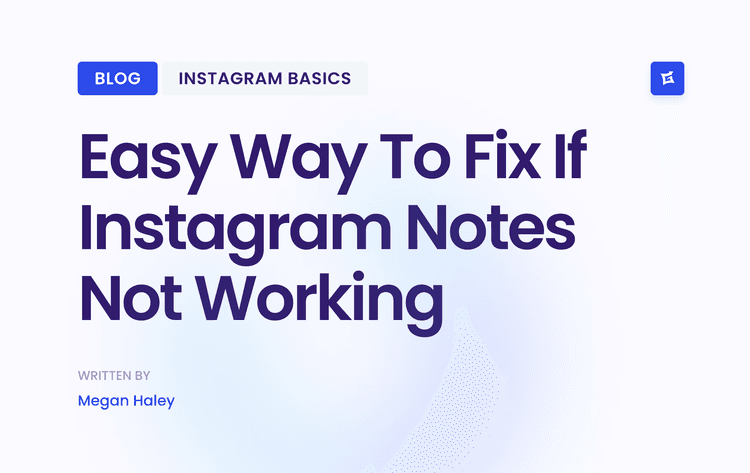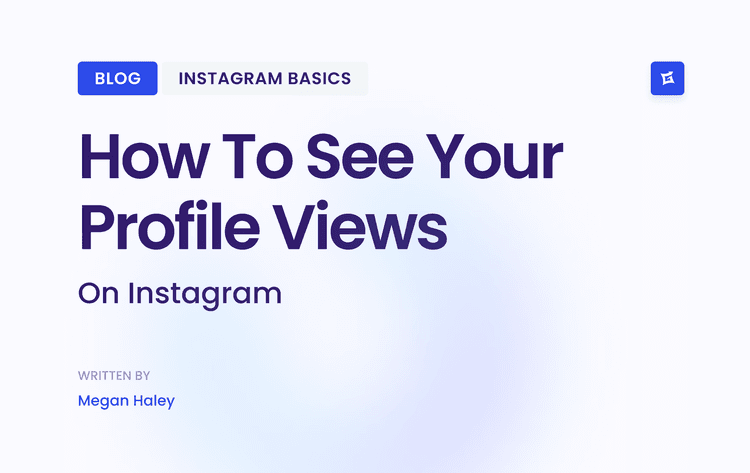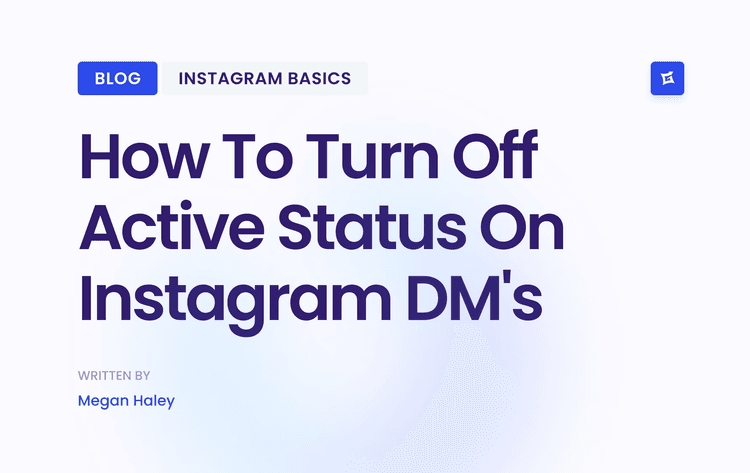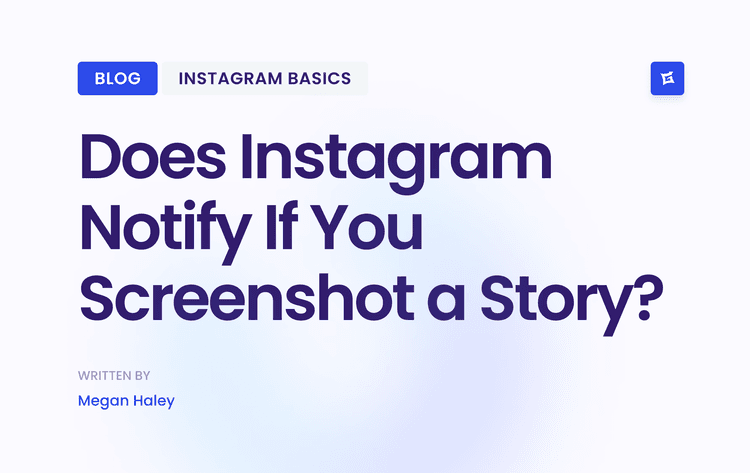The Strategic Power of Instagram Competitor Analysis
Uncovering Hidden Opportunities Through Competitor Analysis
Imagine a fitness apparel brand noticing that a competitor's user-generated content consistently outperforms their professional photoshoots. Simple observation stops there. Strategic analysis digs deeper. By examining the types of user-generated content, the captions used, and how the audience engages, the brand can pinpoint what truly resonates with its target demographic. Perhaps the user-generated content feels more authentic and relatable, leading to a stronger sense of community. This insight allows the brand to adapt its content strategy, incorporating more user-generated content and building similar community engagement.
Leveraging Sentiment Analysis for Strategic Advantage
Understanding audience perception of your brand and your competitors is crucial, and Instagram competitor analysis is key to achieving this. Analyzing audience sentiment is a vital aspect. By examining comments and interactions on competitor posts, brands gain valuable insights into public opinion, which can inform and refine marketing strategies. Explore this topic further. For example, understanding the reasons behind negative reviews helps brands proactively address recurring issues and improve customer satisfaction, a critical factor in maintaining a competitive edge.
Real-World Examples of Competitor Analysis in Action
Many brands have transformed their market position through insightful competitor intelligence. One mid-sized beauty brand, for example, overtook established category leaders by systematically analyzing competitor weaknesses. They realized that larger competitors focused heavily on celebrity endorsements, leaving a gap in relatable, everyday beauty content. This brand capitalized on this by featuring diverse, everyday people using their products, forging a stronger connection with their target audience. This strategic shift, driven by competitor analysis, led to increased engagement, stronger brand loyalty, and, ultimately, significant gains in market share. This shows how understanding your competition isn’t just about keeping pace—it's about uncovering opportunities to surpass them.
Identifying Your True Instagram Rivals
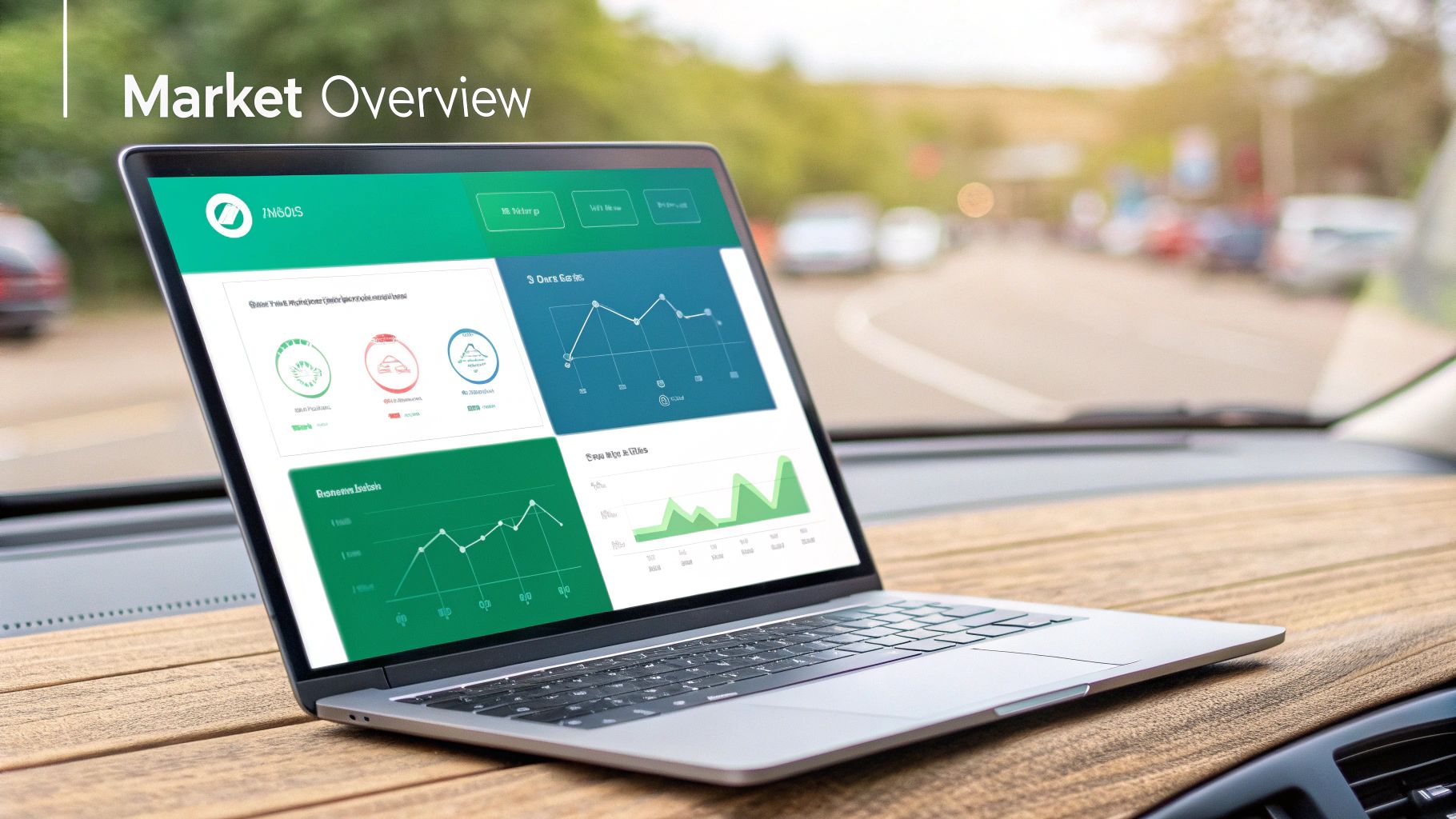
Many brands make the mistake of focusing on the wrong competitors on Instagram. This can lead to wasted time and lost potential. A strategic, methodical approach is essential to pinpoint who is genuinely competing for your audience. Often, these true rivals aren’t who you initially expect. This section reveals how social intelligence experts identify these competitors, allowing for more focused and effective Instagram competitor analysis.
Categorizing Your Competitors
Creating a structured framework for analysis starts with categorizing your competitors. There are three main categories to consider:
Direct Competitors: These businesses offer similar products or services to the same target audience. Think Nike vs. Adidas or Pepsi vs. Coca-Cola.
Indirect Competitors: These offer different products or services but fulfill the same customer need. A classic example is the indirect competition between traditional taxi services and ride-sharing apps like Uber and Lyft.
Aspirational Competitors: These are brands you admire and look to for inspiration. They might operate in a different market segment but share similar brand values or target demographics. A small sustainable clothing brand might view Patagonia as an aspirational competitor.
Clearly defining these categories helps clarify who to analyze and why. This focus keeps your efforts relevant and prevents misdirected resources.
Unveiling Hidden Competitors: Practical Techniques
Looking beyond the obvious is key to identifying hidden competitors. Here are some effective techniques:
Hashtag Pattern Analysis: Analyze the hashtags your target audience frequently uses. Are any brands consistently showing up that weren't on your initial list? This can reveal indirect competitors or up-and-coming players in your niche.
Audience Overlap Investigation: Tools like SproutSocial can identify audience overlap between your brand and others. A large overlap suggests competition for the same audience, even if the products or services are different.
Engagement Distribution Metrics: Examine where your target audience is spending their time and engaging on Instagram. This reveals who is effectively capturing their attention, providing valuable insights into both direct and indirect competitors.
These methods provide a complete view of the competitive landscape, revealing hidden rivals and offering a better understanding of audience behavior.
Building a Focused Competitor Shortlist
With a deeper understanding of the competitive landscape, you can create a focused shortlist for analysis. This targeted approach ensures that your Instagram competitor analysis yields actionable insights. When selecting your final competitors, consider factors like market share, engagement rates, and content strategy. This curated list forms the basis for a highly effective competitive analysis, leading to strategic decisions and better Instagram performance. This allows you to use your resources wisely and gain a competitive edge.
Metrics That Matter in Competitor Analysis
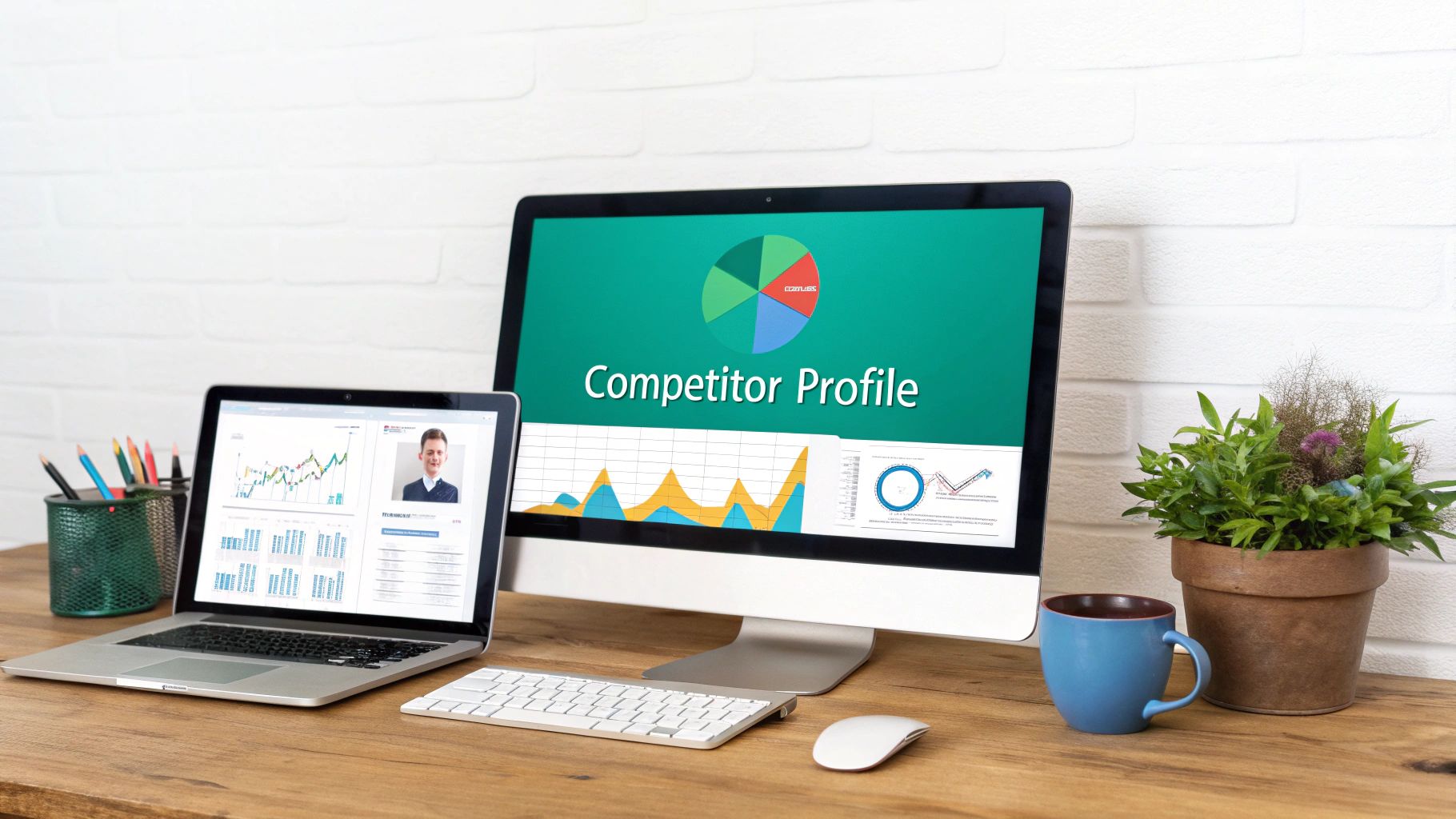
Forget vanity metrics like follower count. To truly understand competitor performance and shape your Instagram strategy, you need to dive deeper. This section explores the key performance indicators (KPIs) that provide insights into audience behavior, content effectiveness, and competitive advantage.
Engagement: Beyond the Likes
Engagement is essential for Instagram competitor analysis. But it's not just about the quantity of likes; the quality matters too. Analyzing different engagement types—likes, comments, shares, and saves—paints a richer picture of audience interaction.
A high save count, for example, suggests valuable content that resonates with the audience, hinting at a strong content strategy. This nuanced view of engagement allows for more effective benchmarking and informs your content creation.
Consider weighting different interactions. Comments often show deeper engagement than likes. A weighted engagement score can reveal which competitors are best at building genuine audience connections.
Reach and Impressions: Understanding Visibility
While engagement reveals audience interaction, reach and impressions show how many unique users saw your competitor's content and the total number of times it was displayed.
Tracking these over time reveals the growth (or decline) of their audience reach and the effectiveness of their content distribution. A sudden spike in reach could indicate a successful campaign or viral post, offering valuable lessons for your strategy.
Content Performance Analysis: Deciphering the Winning Formula
Analyzing specific content performance is key to understanding what works. Look at how different content formats perform to understand audience preferences. Instagram's engagement metrics offer valuable data here.
The average engagement rate is around 2.0%, but it varies across industries. Carousels often outperform other formats, boasting a 2.4% engagement rate and demonstrating the power of interactive content. Reels also tend to see higher engagement than traditional videos. By leveraging these formats, brands can cut through the noise and effectively compete. For more detailed statistics, check out this resource: https://blog.hootsuite.com/instagram-statistics/. Also see: How to Measure Social Media Success. Analyzing this data helps refine your content strategy for maximum impact.
Growth Rate: Spotting Emerging Trends
A competitor's follower growth rate reveals a lot. Rapid growth might signal a successful marketing campaign, a viral trend, or a shift in their content strategy, allowing you to spot emerging trends and adapt.
Conversely, a decline might suggest problems with their content, engagement, or brand perception. Monitoring growth rate helps anticipate future competitor actions and identify vulnerabilities.
Benchmarking for Success
Realistic benchmarks are vital. Instead of chasing abstract numbers, focus on industry averages and top performers in your niche. This provides a concrete target and helps you pinpoint areas for improvement.
To help illustrate this, let's look at some industry benchmarks:
Engagement Rate Benchmarks by Industry on Instagram This list compares average engagement rates across different industries to help brands benchmark their performance against industry standards.
Beauty
Average Engagement Rate: 0.7%
Top Performer Rate: 3.5%
Content Format With Highest Engagement: Reels/Short-Form Video
Fashion
Average Engagement Rate: 0.6%
Top Performer Rate: 2.4%
Content Format With Highest Engagement: Carousels
Food & Beverage
Average Engagement Rate: 0.5%
Top Performer Rate: 2.1%
Content Format with Highest Engagement: Stories with interactive elements
Travel & Tourism
Average Engagement Rate: 0.8%
Top Performer Rate: 4.0%
Content Format with Highest Engagement: High-quality images
Technology
Average Engagement Rate: 0.4%
Top Performer Rate: 1.8%
Content Format with Highest Engagement: Videos showcasing product features
As the list reveals, engagement rates vary significantly across industries. While top performers often exceed these averages by a considerable margin, understanding your industry's benchmarks provides a starting point for evaluating your performance. This comparative analysis helps inform your strategy and improve your competitive edge.
Decoding Competitor Content Strategies That Win
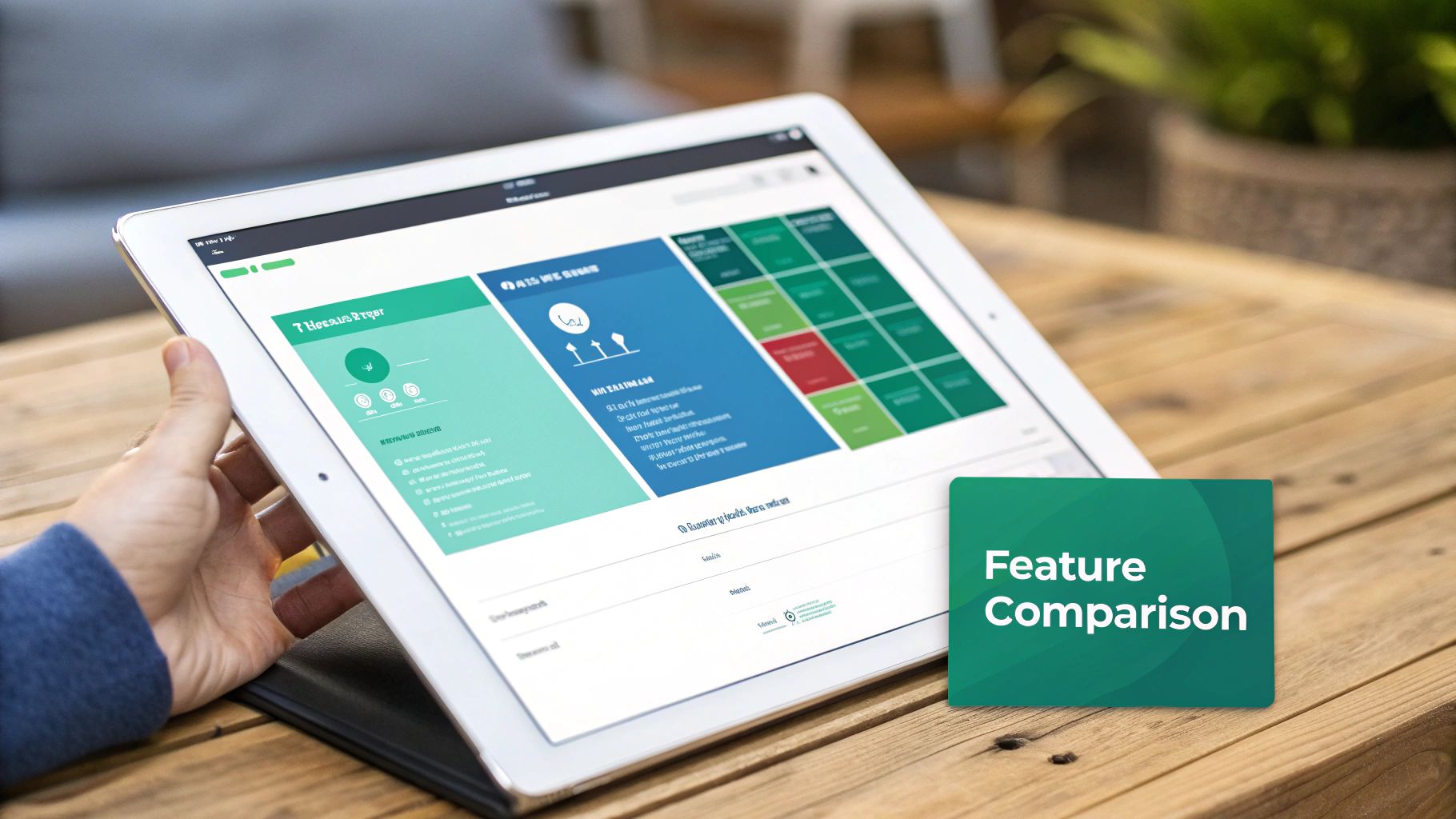
Instead of just watching what competitors post, let's explore how to analyze their content strategies for real, actionable insights. We'll delve into frameworks for understanding content resonance, identify successful post patterns, and uncover opportunities your competitors may be overlooking.
Content Formats: From Feed to Reels
Instagram offers diverse content formats, each with its strengths. When analyzing competitors, categorize their content by these key areas: Feed Posts, Stories, and Reels. This allows you to dissect their approach within each format.
Feed Posts: Deconstruct the visuals. What are their color palettes, image styles, and overall feed aesthetic? Look for patterns in the types of posts, such as product showcases, lifestyle imagery, or user-generated content, and analyze their performance.
Stories: Focus on how they're structuring their Stories. Are they using interactive elements like polls, quizzes, and question stickers effectively? How do these Stories drive engagement and foster audience connection?
Reels: Examine the editing style, music choices, and overall feel of their Reels. Are they capitalizing on trending audio or crafting original sounds? This can indicate their level of investment in this dynamic format.
By categorizing formats, you can pinpoint competitor strengths and weaknesses, providing a clearer picture of their content strategy.
To illustrate how these different formats stack up against each other, let's look at the table below:
Content Format Performance Comparison for Instagram This table compares the effectiveness of different Instagram content formats to help marketers choose the most impactful options for their strategy.
Feed Posts
Average Reach: Medium
Average Engagement: Medium
Best Use Cases: Product showcases, lifestyle imagery, user-generated content, behind-the-scenes looks
Production Complexity: Low to Medium
Stories
Average Reach: Medium to High
Average Engagement: High
Best Use Cases: Interactive Q&As, quick polls, behind-the-scenes glimpses, limited-time promotions
Production Complexity: Low
Reels
Average Reach: High
Average Engagement: Medium to High
Best Use Cases: Short-form videos, product demos, trending challenges, entertaining content
Production Complexity: Medium to High
As you can see, Reels tend to have higher reach, while Stories offer greater engagement opportunities. Feed posts provide a good balance of both. Understanding these differences is crucial for maximizing your content strategy.
Pattern Recognition: Unlocking the Secrets of Success
Some competitor posts will naturally outperform others. The key is understanding why. Analyze patterns in their top-performing content across three key areas: visuals, captions, and hashtags.
Visual Consistency: Do their top posts share visual elements? Consistent use of color schemes, fonts, and branding reinforces their brand identity and often boosts performance.
Caption Construction: Analyze the tone, length, and call to action in captions. Are they using humor, storytelling, or questions to drive engagement? These tactics can significantly impact a post's effectiveness.
Hashtag Clustering: Effective hashtag use is crucial for reach. Which hashtags are your competitors using, and how are they grouping them? A blend of broad and niche hashtags can maximize visibility.
Recognizing these patterns offers valuable insights into audience preferences. Staying up-to-date on the latest social media marketing tips, such as those found on Notify.io, can further enhance your analysis.
Content Gap Analysis: Finding Untapped Opportunities
Instagram is a major product discovery platform, with 60% of users finding new products through profiles or ads. This highlights the importance of analyzing competitor product launches and promotions on the platform.
Reels often have significantly higher reach than static posts, sometimes up to 900% more for smaller accounts. Incorporating reel analysis is vital for understanding current trends. More in-depth Instagram stats can be found on GettingGrowth.
Look for content gaps—areas your competitors aren't covering. These represent untapped opportunities. Maybe they're neglecting a specific content format, ignoring a target audience segment, or missing out on a key trend.
By addressing these gaps with high-quality content, you differentiate your brand and attract a broader audience. This proactive, analysis-driven approach positions you as a leader and fuels growth.
Mastering the Art of Audience Engagement Tactics

Creating top-notch content on Instagram is only half the equation. Building a successful identity relies on fostering genuine engagement and nurturing strong relationships with your audience. This section explores how leading brands achieve this, drawing insights from seasoned community managers who have cultivated devoted followings. We'll also delve into analyzing competitor engagement strategies and adapting successful tactics for your brand. For a deeper dive into audience insights, check out this helpful resource: How to master audience insights.
Evaluating Engagement Approaches
Effective engagement transcends simply replying to comments. It's about cultivating a thriving community. This necessitates a strategic approach, considering crucial factors like response timing, conversation facilitation, and overall interaction style.
Response Timing: How quickly are your competitors responding to comments and messages? Prompt replies demonstrate attentiveness and show your audience you value their interaction, fostering a sense of connection.
Conversation Facilitation: Are they actively encouraging conversations? This could involve asking questions, responding thoughtfully to comments, and creating opportunities for meaningful dialogue. This proactive approach can significantly boost engagement and build a strong sense of community.
Interaction Style: What is the tone of their interactions? Is it friendly, formal, humorous, or informative? Analyzing this helps you understand their brand personality and how it resonates with their target audience.
By carefully evaluating these elements, you can identify effective engagement strategies and adapt them to suit your brand's unique voice.
Decoding Competitor Engagement Tactics
Analyzing your competitors on Instagram also involves understanding their specific engagement methods. Pay close attention to how they conduct Q&A sessions, run contests, and leverage user-generated content.
Q&As: How effectively do they use Q&A sessions to address audience inquiries, share valuable information, and build rapport? Analyzing these sessions can offer valuable insights into audience interests and concerns.
Contests: Examine the mechanics of their contests. What incentives are they offering, and how are they promoting participation? Well-executed contests can significantly boost engagement and expand your reach.
User-Generated Content (UGC): How do they encourage and utilize UGC? Reposting user content, featuring user stories, and creating branded hashtags are all proven methods for fostering community and building authentic connections.
Deconstructing these tactics provides valuable lessons you can apply to your engagement strategy.
Measuring Community Sentiment and Loyalty
Go beyond basic engagement metrics like likes and comments. Explore how to gauge community sentiment and loyalty. These deeper indicators offer a more nuanced understanding of your audience connection.
Sentiment Analysis: Analyze the tone of comments and mentions to understand the overall sentiment towards a brand. Tools like SproutSocial offer advanced sentiment analysis capabilities, helping you identify positive, negative, or neutral feedback.
Loyalty Indicators: Look for signs of brand loyalty, such as repeat purchases, positive reviews, and active participation in community discussions. These actions signal a strong emotional connection with the brand.
By incorporating these methods into your Instagram competitor analysis, you gain a more comprehensive understanding of their audience relationships. This, in turn, allows you to develop a more effective engagement strategy, build a loyal following, and achieve measurable results.
Competitor Analysis Tools Worth Your Investment
Selecting the right tools is paramount for effective Instagram competitor analysis. This section bypasses the noise and highlights tools that provide real competitive insights based on conversations with social media directors across various budget levels.
Premium Platforms for In-Depth Analysis
Several premium platforms offer powerful features for detailed Instagram competitor analysis. Let's explore a few key players and what they do best:
Sprout Social: This platform is excellent for social listening and delivers comprehensive competitor reports. These reports encompass engagement metrics, hashtag analysis, and audience demographics. This information can shape your content strategy and pinpoint areas for improvement. Sprout Social is a robust platform.
Hootsuite: Known primarily for social media management, Hootsuite also provides valuable competitor analysis features. It's particularly useful for tracking competitor activity and identifying trending topics. This allows you to keep tabs on competitor campaigns and respond strategically.
Rival IQ: This tool focuses specifically on competitive intelligence. It offers a detailed analysis of competitor content, engagement, and audience growth. This targeted approach makes it a strong asset for brands that prioritize competitor research.
Brandwatch: This comprehensive platform offers social listening and analytics. You can track brand mentions, analyze sentiment, and gain a deep understanding of competitor strategies.
These platforms have a wide range of features, but their cost can be prohibitive for some. For a more extensive comparison of options, check out our guide on top social media competitive analysis tools.
Free Alternatives and Manual Techniques
Teams with limited resources can still perform effective Instagram competitor analysis using free tools and manual methods.
Native Instagram Insights: Instagram’s built-in analytics offer valuable data on your performance. You can use this as a benchmark and manually analyze competitor profiles for follower growth, engagement rates, and content frequency. This hands-on method requires more effort, but it can still yield useful information.
Free Social Listening Tools: Some free tools provide basic social listening capabilities. You can track brand mentions and analyze sentiment. This data can complement your manual analysis and provide a broader view of the landscape.
Building Custom Dashboards: You can build custom dashboards using spreadsheets to manually track important competitor metrics. This lets you visualize trends and identify areas for improvement over time.
Implementing Effective Processes
No matter which tools you choose, systematic processes are essential for success. Here are a few tips:
Regular Competitive Reviews: Schedule consistent reviews of your competitor shortlist to ensure your insights are up-to-date. This monitoring will help you react quickly to market changes and adapt your strategy accordingly.
Documented Findings: Create clear reports that summarize your analysis. Documenting your findings keeps your insights readily accessible and actionable.
Actionable Insights: Concentrate on converting data into actionable strategies. Data without a plan for its use is ineffective.
By combining the appropriate tools with streamlined processes, you can ensure your Instagram competitor analysis produces meaningful results and doesn't just gather dust. You might also be interested in mastering social media competitive analysis tools.
Turning Competitor Insights Into Strategic Advantage
Instagram competitor analysis isn't just about gathering data; it's about turning those insights into a winning strategy. This takes careful prioritization, experimentation, and a commitment to your brand's authenticity. This section explores how brand strategists build raw data into actionable plans that deliver measurable results.
Prioritizing Actionable Insights
Not all competitor insights are equally valuable. Some demand immediate action, while others are less critical. Brand strategists use systematic approaches to separate crucial intel from distractions.
Impact Assessment: Concentrate on insights aligned with your business objectives. If increasing brand awareness is your main goal, prioritize insights about reach and impressions. If driving sales is the priority, focus on product promotion and conversion strategies.
Feasibility Analysis: Think about the resources needed to implement a strategy. Updating your visual aesthetic might be relatively simple. Launching a new product line requires a greater investment. Prioritize changes that are both impactful and achievable within your current resources.
Competitive Advantage: Focus on insights that set your brand apart. Where are your competitors falling short? Capitalize on those gaps to create a unique offering.
Experimenting With Competitor-Inspired Strategies
Learning from competitors doesn't mean copying them. Use their successes to inspire your content experimentation plans. This might involve testing different content formats, refining your messaging, or trying new engagement tactics.
A/B Testing: Test different versions of your content to find what connects with your audience. Experiment with different captions, calls to action, or visuals to see what drives the most engagement.
Iterative Improvement: Be willing to adjust your strategy based on the results. Continuously refine your approach based on audience feedback. Social media analytics tools can enhance your competitor analysis by providing detailed insights.
Maintaining Brand Authenticity
While learning from competitors is valuable, maintaining your brand's unique identity is essential. Don't just copy their strategies—adapt them to fit your brand’s values and voice. This helps you stand out and build a loyal following.
For example, if a competitor uses humor effectively, think about how to incorporate humor in a way that reflects your brand's personality. You might use a different style of humor or focus on topics that resonate with your target audience.
Establishing Ongoing Competitive Intelligence
Instagram competitor analysis shouldn’t be a one-time event. It should be a continuous process that informs your strategy. By regularly monitoring competitor activity, analyzing industry trends, and tracking your performance, you can stay ahead of the curve and maintain a competitive edge.
Here's how to establish a continuous improvement cycle:
Regular Monitoring: Schedule regular reviews of competitor activity. The frequency—weekly, monthly, or quarterly—depends on your industry and the pace of change.
Trend Analysis: Watch for emerging trends and consider their potential impact. This might involve monitoring hashtag usage, following industry influencers, or attending conferences.
Performance Tracking: Regularly track your key performance indicators (KPIs) to gauge the effectiveness of your strategies. This data provides valuable feedback and highlights areas for improvement.
By continually learning and adapting, you can ensure your Instagram strategy stays effective, relevant, and aligned with your business goals.
Ready to scale up your Instagram growth? Gainsty, an AI-powered social assistant, can help you navigate the ever-changing algorithm and achieve organic growth. Visit Gainsty to learn more.
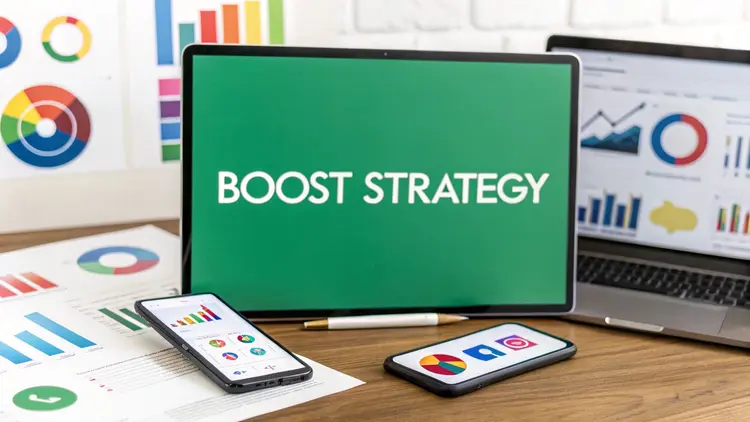
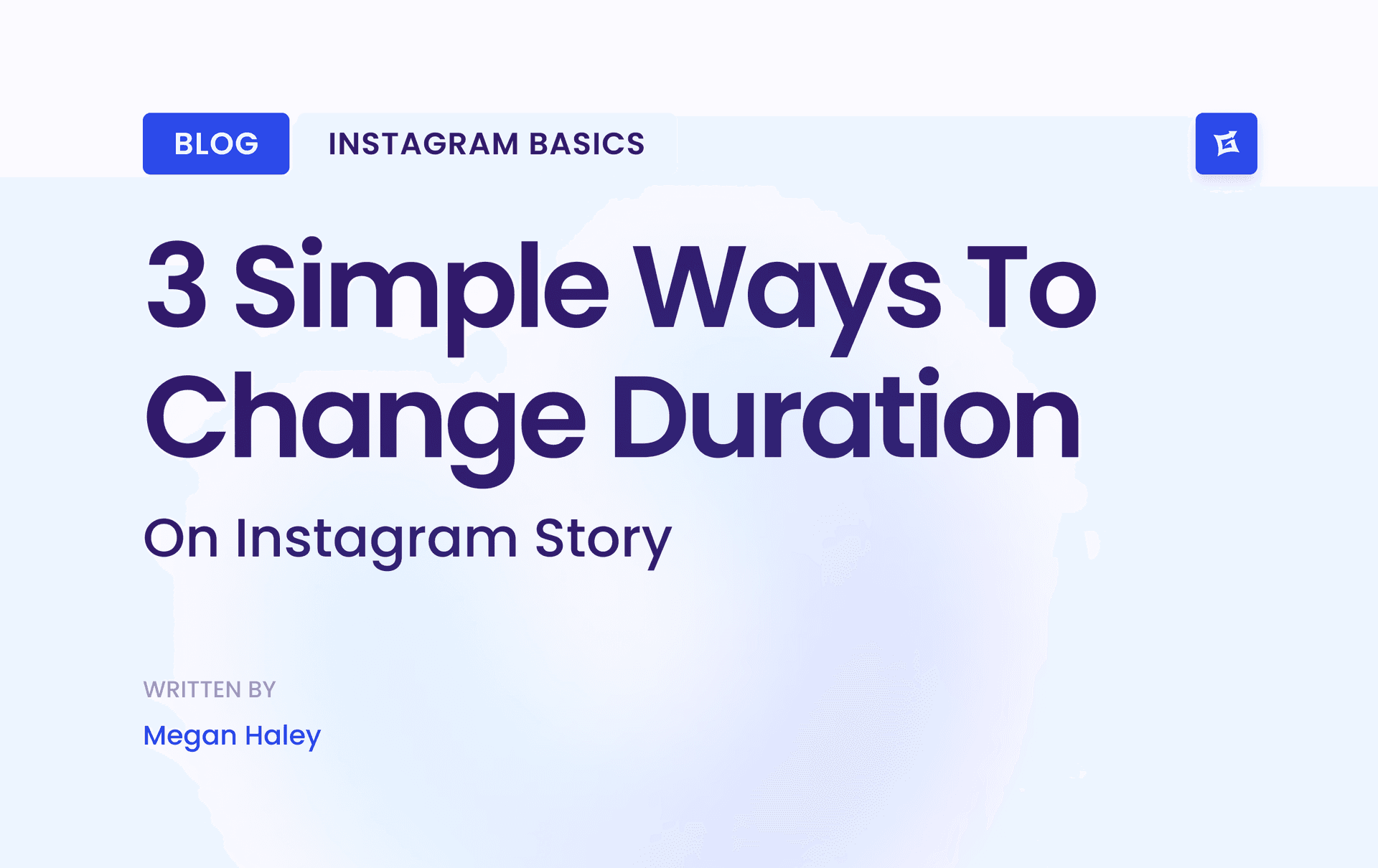
.png&w=1920&q=75&dpl=dpl_9XSWKBjhcBN6v6b1SN7m3p1WWjfr)
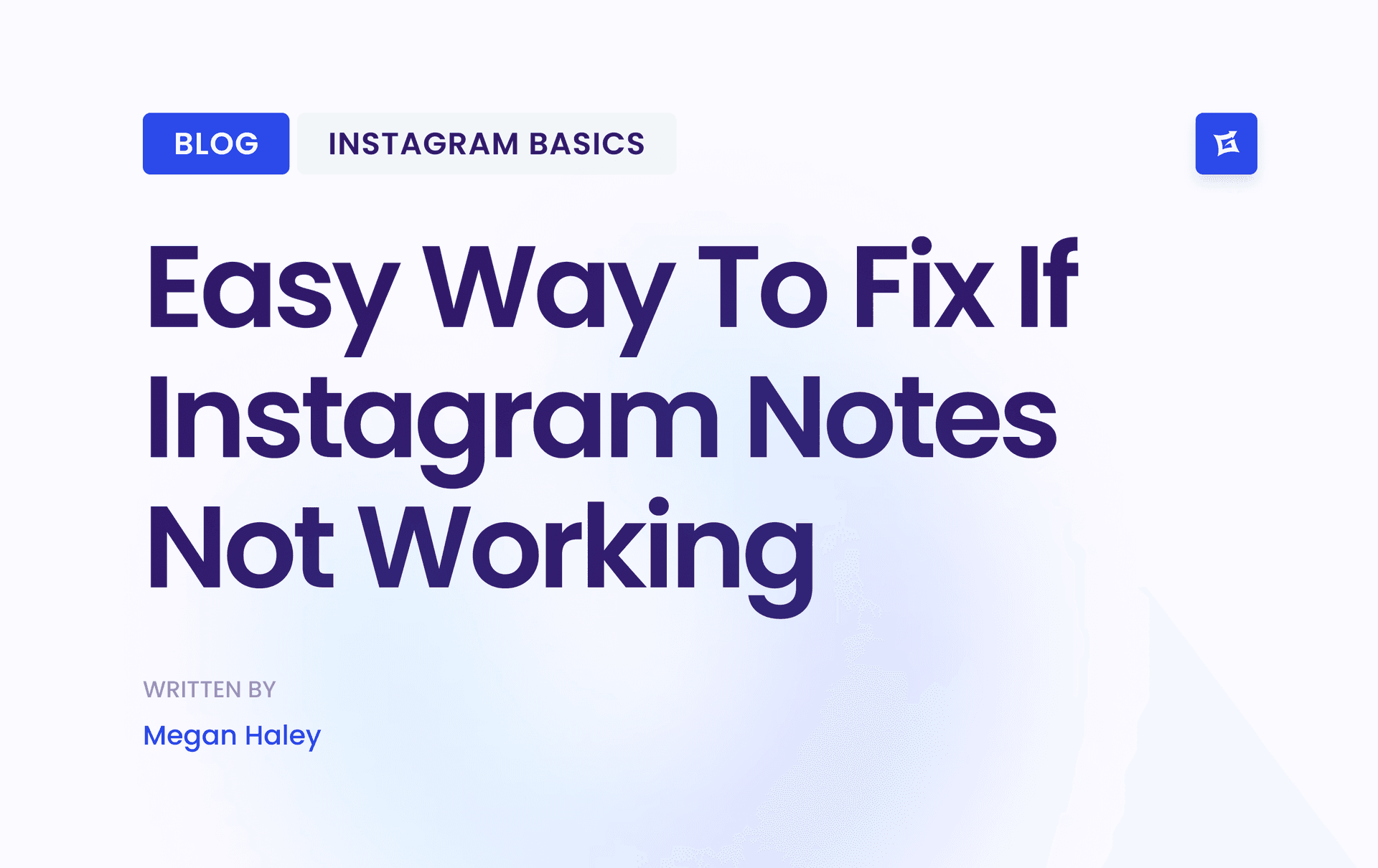
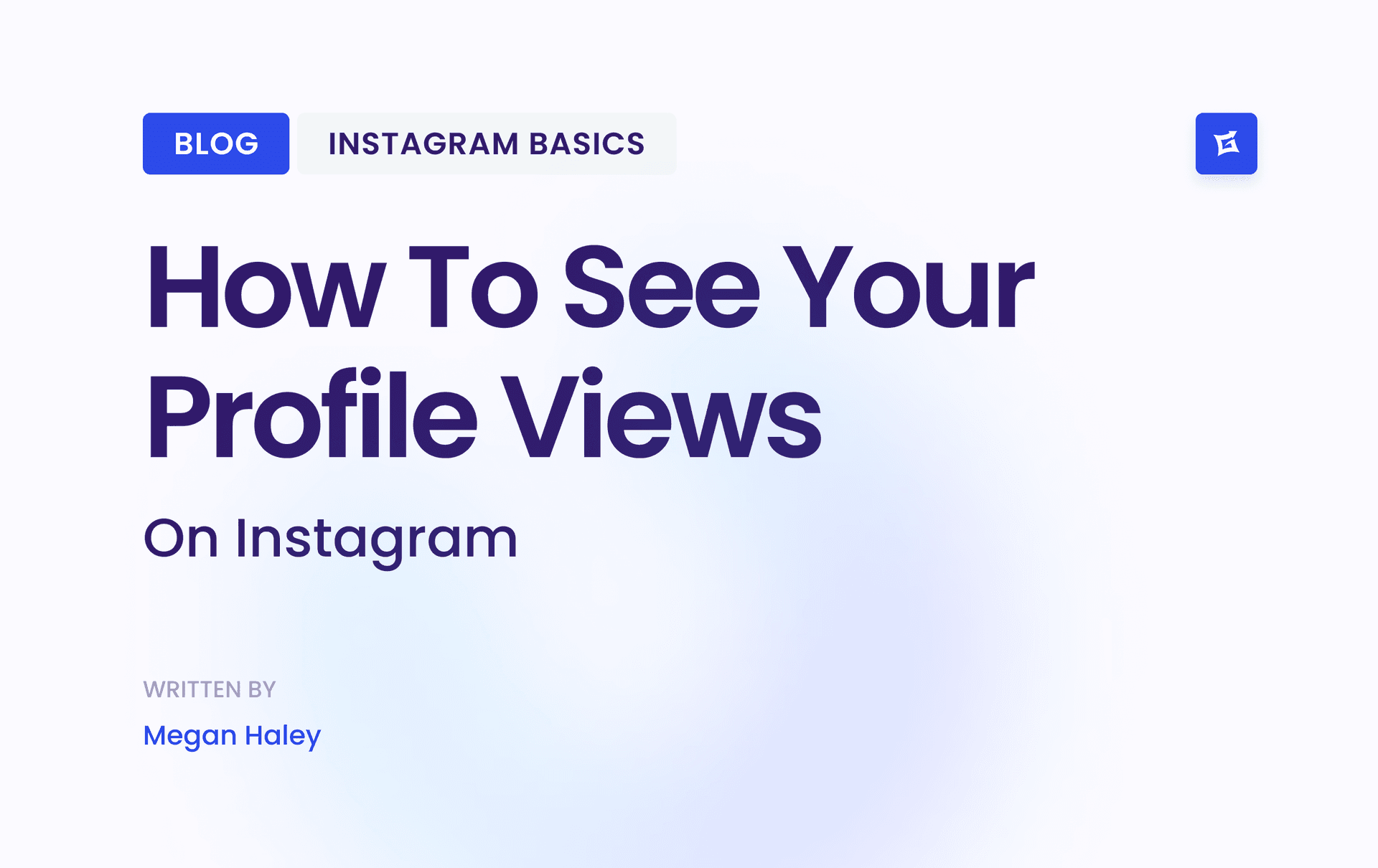
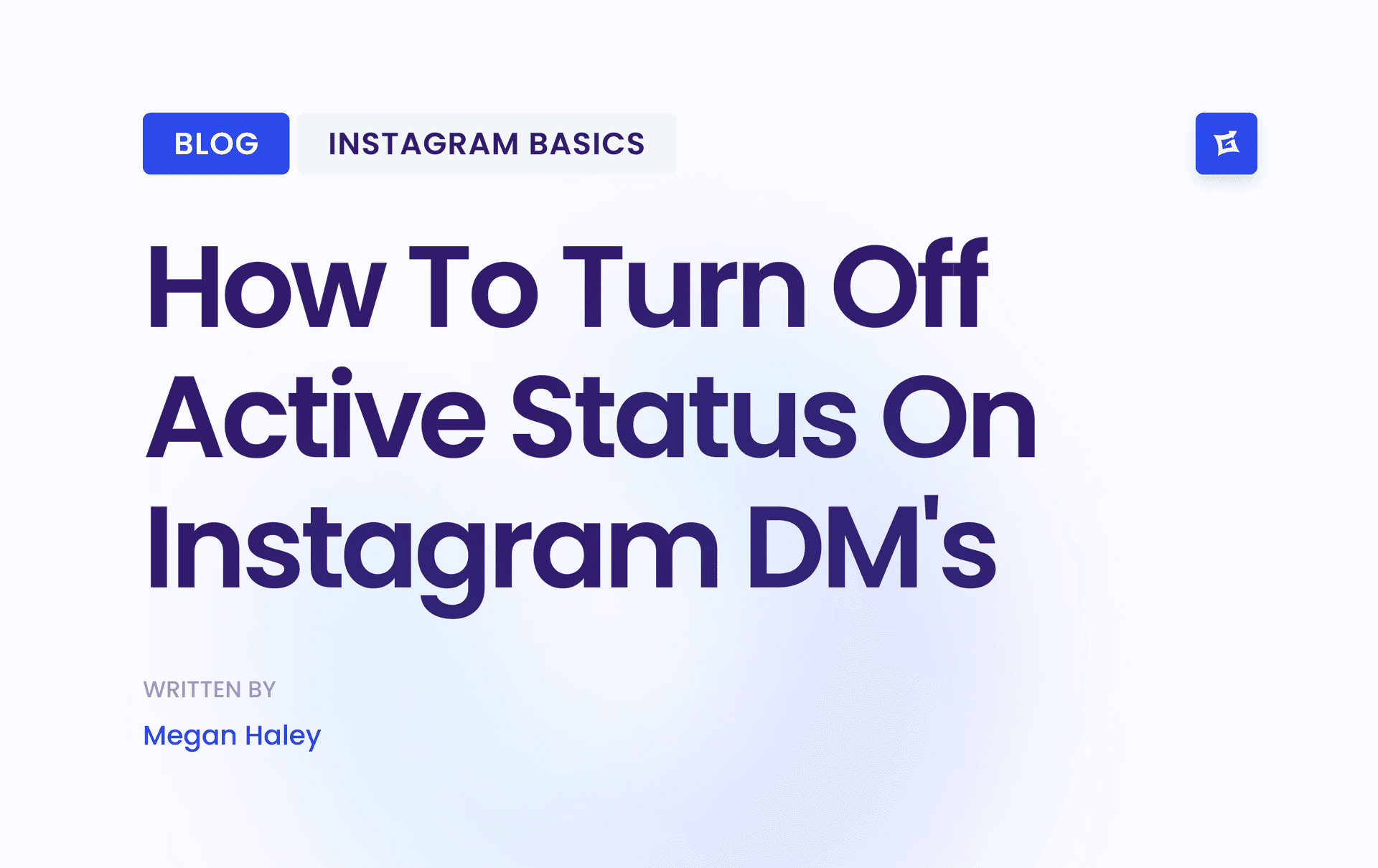
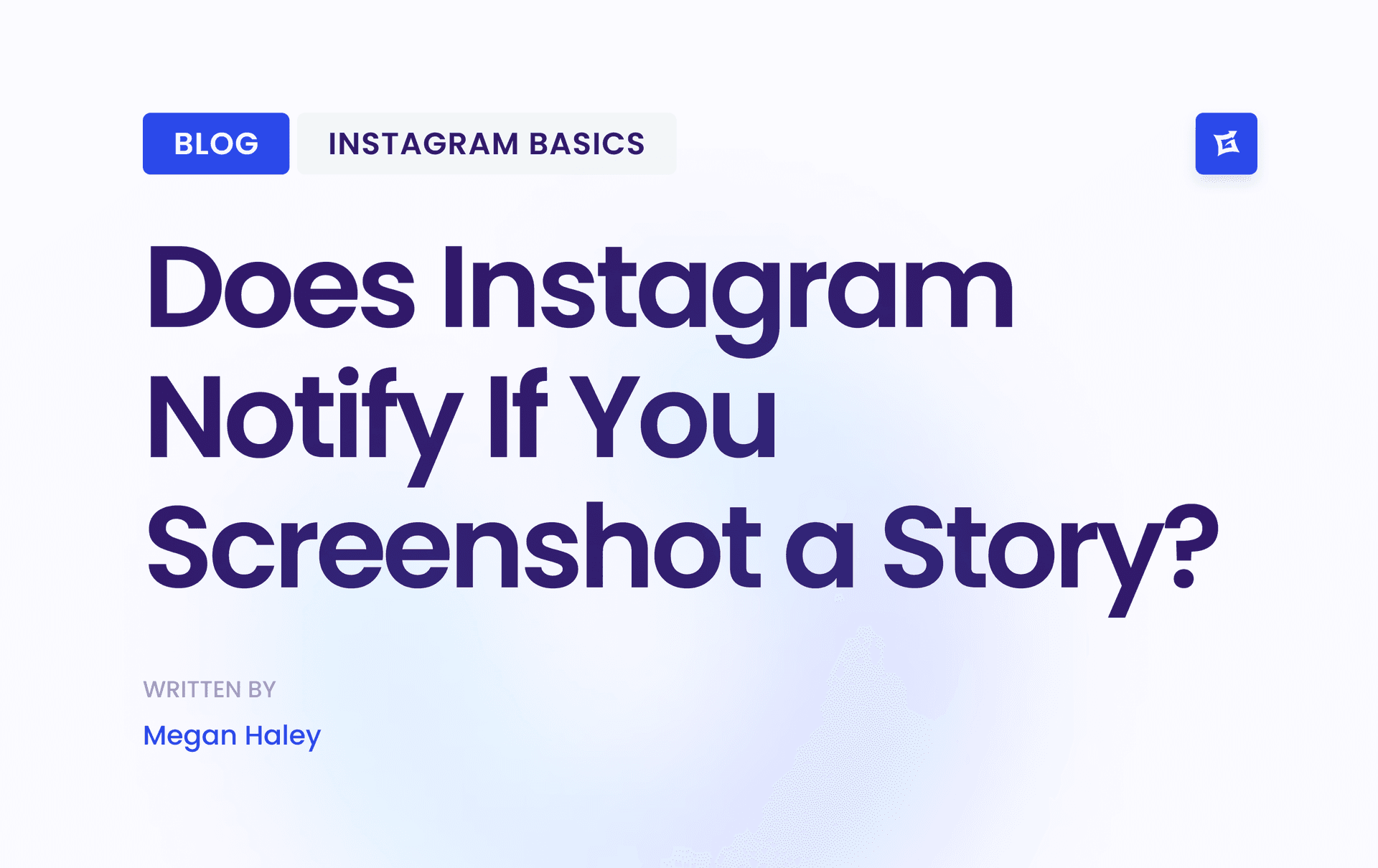



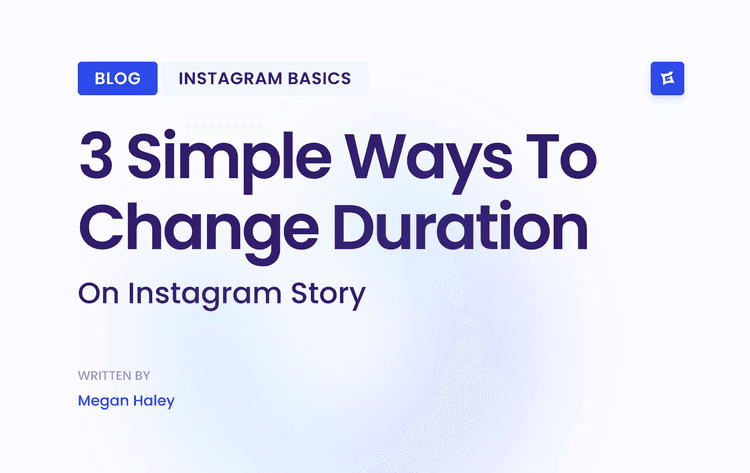
.png&w=750&q=75&dpl=dpl_9XSWKBjhcBN6v6b1SN7m3p1WWjfr)
